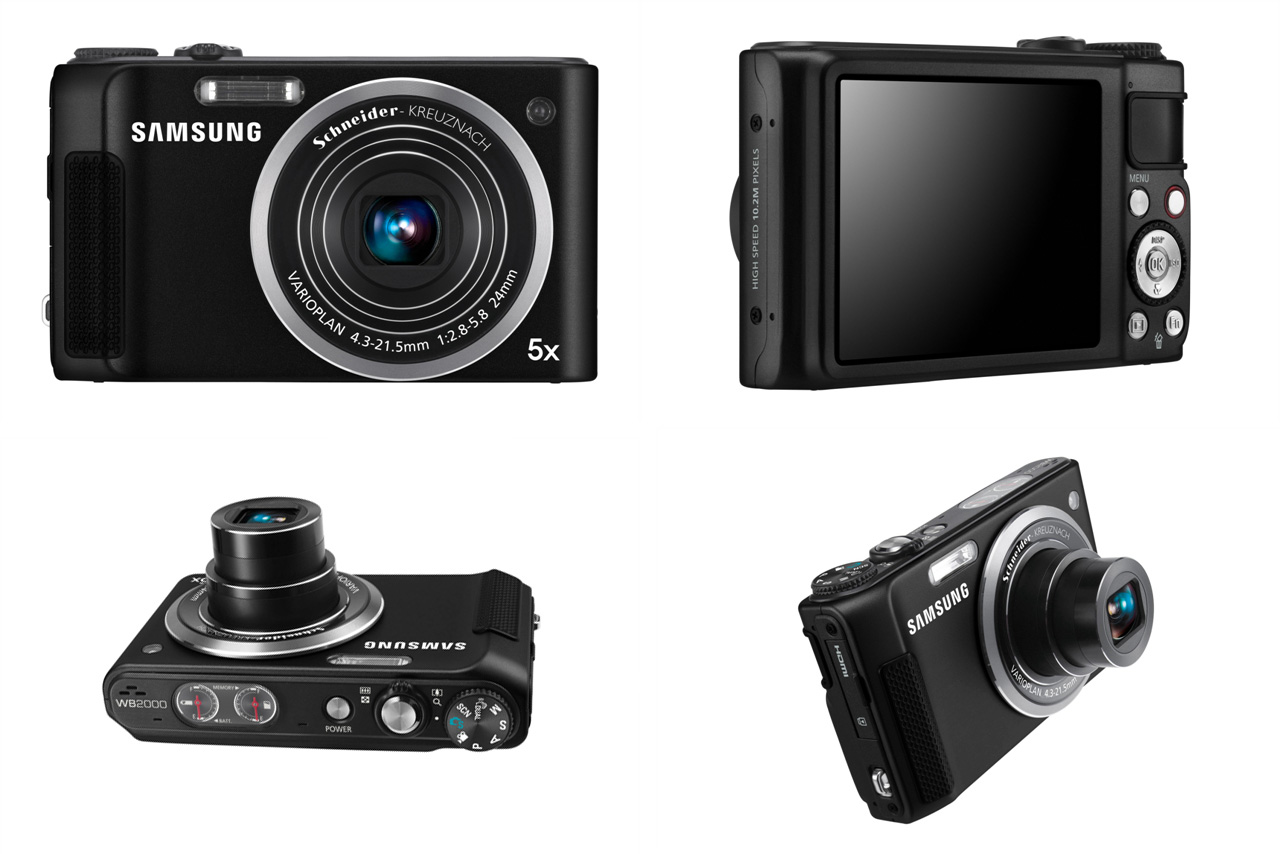Almost one year later, I am finally rolling out the 2010-2011 Season Gear Reviews beginning with the Samsung TL-350. This higher end Point & Shoot (along with the slightly better spec’d TL-500) was Samsung’s attempt to dethrone reigning Point & Shoot champs: the Canon S95 and the Panasonic LX5. Most reviewers have responded favorably to the TL-350. But most reviewers are not focused on ski photography in challenging light.
You saw the results of the TL-350 on TSW this past year (excepting the Tuckerman reports, more on that camera later), so you can be the judge. But you didn’t see the bad shots (or at least the truly atrocious shots). Most of the time, bad archers shot bad photographs. But with the TL-350, sometimes the arrow misses the bulls-eye despite acceptable aim. And when this arrow fails; it does so in dramatic fashion: South Park style.
If I take a horrible picture because I didn’t setup the shot or the camera correctly, then I will live with the consequences. But a photo not being usable due to a camera error is unacceptable.
Let’s talk specs. This camera features a nearly class leading f/2.4 at a wide 24mm. That wide lens is simply amazing for self portraits where I found this camera almost never failed to take a great shot. The TL-350 takes great shots in good light. But almost all cameras do that, even Point & Shoots. The Sammy suffers from poor White Balance, blown highlights, and lost details in difficult light.
Thankfully, the TL-350 can shot RAW (at the same time as JPG or isolated) which has saved many lack luster shots from this past season. Colors are either brilliant or decidedly not. Again, shooting in RAW is required to get the most from this camera’s shortfalls in difficult lighting.
The camera body is solid unlike many cameras that feel like plastic. The top features the typical power, shutter, zoom, and dial. But also has two speedometer style analog meters for power and media space (cool!). The called “Smart” Auto is useless. Put this camera on P or get creative with A or S. Attempt “Smart” Auto or Scene Mode at your own risk.
The rear features a stunning 3″ 920k AMOLED display that shows live display of settings and resulting changes to the image. This live display is an excellent way to learn how to utilize ISO, Shutter Speed, and Aperture. The front grip is small but better than nothing. And finally, Samsung sandbags its users with a proprietary cable (thanks!). Menus are serviceable but even after a year, I still get lost sometimes.
Let’s talk skiing features. And when you talk ski photography you are often talking action and landscape. The Panorama and Action Panorama functions are comically useless. The burst mode boasts up to 10fps at full resolution which sounds incredible. And it generally is if you lineup and time your shot perfectly. Unfortunately, the screen completely blacks out during shooting and after 10 shots the camera stalls while it catches up with the cached photos. This means if you shot too early… you miss the money shot…
The worst part of Burst Mode is accessing the menu. To access the menu for Burst Mode, Bracketing, and Time Delay, you need to spin a faux dial mechanism on the side of the camera. This mechanism is difficult to operate and lacks precision. The menus proceed in reverse intuitive order based on the direction you spin the dial. There is no fast way to activate the burst mode so you often miss action shots trying to setup the camera. It is a terrible system. Along with the Burst Mode black out and long cache freeze out, these are terrible handicaps that negates the full 10MB resolution 10fps burst. My trip reports featured very few action shots this past season. This handicap is part of the reason.
- Sunday River Burst Sample 1 (17.2 MB PDF)
- Sunday River Burst Sample 2 (24.8 MB PDF)
- Sunday River Burst Sample 3 (11.9 MB PDF)
The video mode of the TL-350 is excellent recording 30fps HD at 1920x1080p. Samsung actually put a better video mode into the feature rich TL-350 than its larger sensor TL-500. You can also take photographs within video mode. The marketplace is catching up and this won’t be a major factor within another year or two.
Let’s talk pros and cons. This camera is awesome for self portraits and video. It is feature rich despite its small size as compared to other players in this class. The display is impressive. You can shot RAW by itself or in conjunction with JPG. Battery life is great and the dials on the top of the camera are hipster cool.
But image quality is hit or miss. On three different days this past year, the camera cut up portions of images. The sports and outdoor functions (Panorama, Sport Panorama, and Burst Mode) boast top quality features but fail in field use. Clarity, detail, and white balance often suffer in low light.
For slightly more, you can purchase the class leading Canon S95 or the Panny LX5. My personal recommendation is to pay a little more for the new Olympus XZ-1. Or better yet, downgrade to a less expensive model with fewer features but more reliable functionality. The higher end functions in many expensive Point & Shoots just don’t work well and the sensor size is generally not worth the extra money for the microscopic increase.
Or instead of stepping down a level in the Point & Shoot category or upping for the established class leaders, consider jumping the Point & Shoot boat completely in favor of Micro Four Thirds. The latest from Olympus (E-PM1) and Panny (GF3) combined with a pancake lens both get you ski jacket pocketable cameras with significantly larger sensors and better image quality and detail. After less than a year with the Samsung TL-350, I changed over to Micro Four Thirds with the Olympus E-PL2 and I am thrilled with the results.


